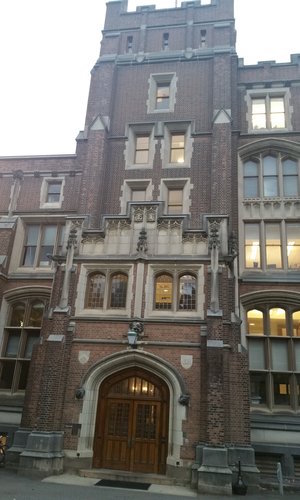Shovon gave an invited talk at the Geoscience Department in Princeton University on “Beyond chlorophyll: Autotrophic carbon stocks and biodiversity from ocean colour”. Apart from Princeton scientists, it was attended by several members of the NOAA Geophysical Fluid Dynamics Lab (GFDL) and Biogeochemistry, Ecosystems, and Climate research.
Over the past decades, satellite remote sensing of ocean colour has made it possible to obtain quantitative information on various aspects of oceanic ecosystems. For example, chlorophyll concentration – the operational index of biomass of marine autotrophic phytoplankton, is arguably the most common product based on ocean colour. However, the biomass of phytoplankton in the biogeochemical or Earth System Models are expressed in the units of carbon as opposed to chlorophyll, making it difficult to combine model outcome and satellite products for accurate estimation of the oceanic carbon stocks. The presentation dealt with some recent developments on how the ocean colour products can go beyond chlorophyll for improved estimation of autotrophic biomass and biodiversity based on their carbon contents. The similarities and differences among different approaches to estimate phytoplankton carbon from ocean-colour data and biogeochemical models including data assimilation, were presented. The limitations of the current approaches and opportunities for future development were discussed.

